Ask many city-dwelling Japanese if they have ever visited Kochi Prefecture in the southern part of Japan’s Shikoku Island, and the reaction might include a bit of teeth-sucking. 行くにのちょっと不便だねー Iku ni no chotto fuben da ne? “It’s a little inconvenient to get there, isn’t it?”
Well, yes, Kochi was extremely inconvenient to get to, particularly before the completion of the Great Seto Bridge in 1988. Prior to that, Japan’s fourth-largest island of Shikoku was effectively accessible from the main island of Honshu only by ferry or airplane. It was truly just another island, but one which happened to consist of four of Japan’s forty-seven prefectures: Kagawa, Tokushima, Ehime, and Kochi.
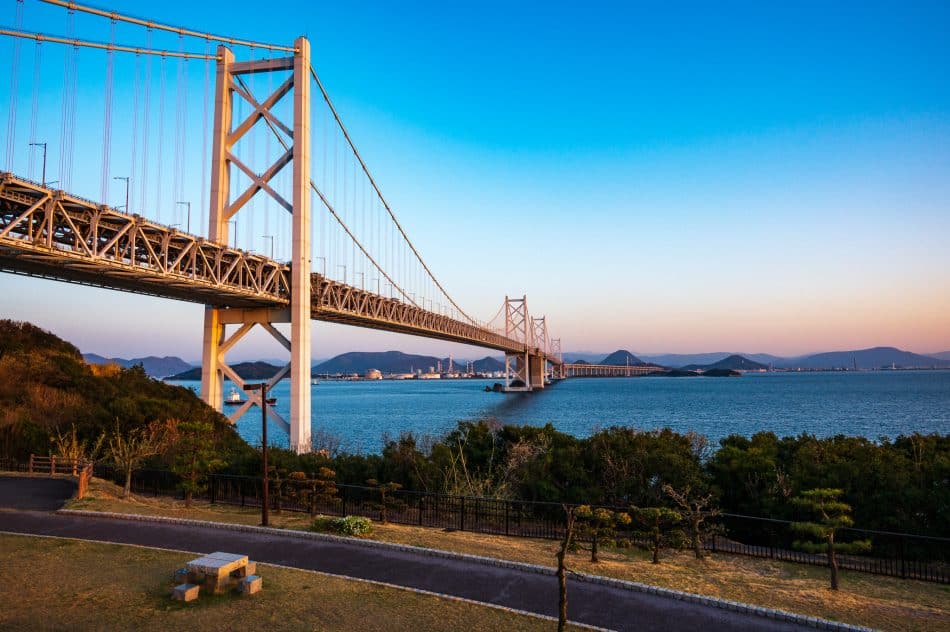
Today, there are several bridges connecting Shikoku to Honshu and like most places in Japan, you can access it by land vehicles like cars and trains. But just because you can doesn’t mean you will. In the imaginations of many modern-day Japanese, Shikoku is still an untamed land with an interior that is mostly uninhabited, and Kochi, on the far side of the island from Honshu might as well be on Neptune. Shikoku is for the adventurous, and Kochi Prefecture is the home of spirited rebels like Sakamoto Ryoma, the Kochi-born samurai who helped bring a peaceful end to the Tokugawa Shogunate.
Despite, or perhaps because of its perceived remoteness, the people of Kochi have a remarkable pioneering spirit that is refreshing in a country where uniformity is often valued over uniqueness. Although tourists are few, the people press on to transform Kochi into a destination for domestic and foreign tourism.
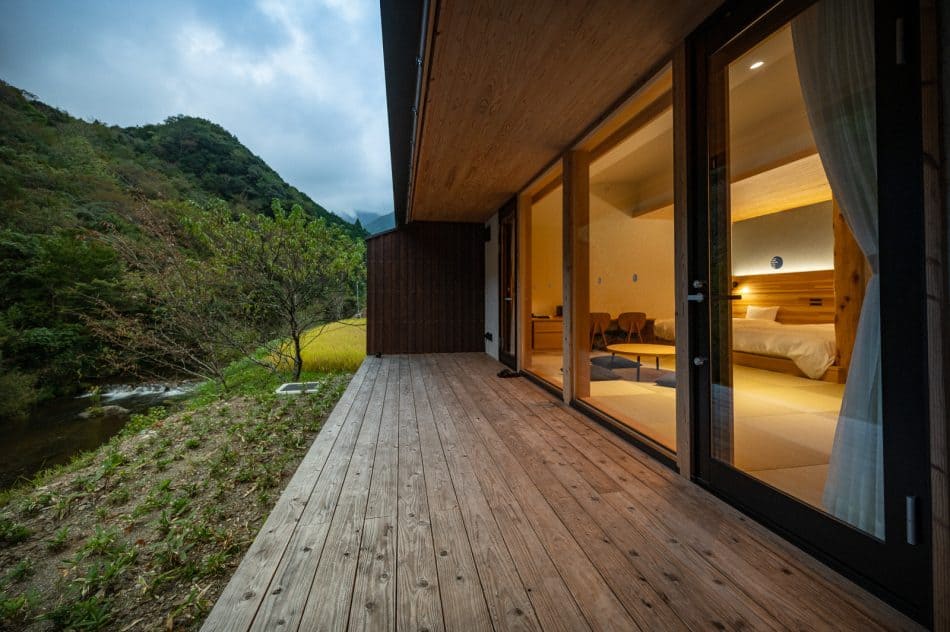
Take for example Seiran no Sato, lodged so deep in the Kochi mountains, I couldn’t even mention an identifiable landmark by which you could locate it. Nonetheless, this affordable little inn consisting of just six rooms was built in 2020 in a style that would be right at home in Vail, Colorado. Each room faces the Shimanto River with its own private patio, a view you can also enjoy from your private bath. The rooms are a fusion of Japanese and Western design and functionality, spacious, but not wasteful. As the inn is rather remote, it provides dinner and breakfast as part of the package, served by a staff of talented locals creating Kochi-style dishes (and a few Western experiments that were hit or miss) served in an airy restaurant. On warm days, grab a chair and sit in the middle of the river to literally cool your heels. This is Kochi, remember? Don’t try that in Kyoto!
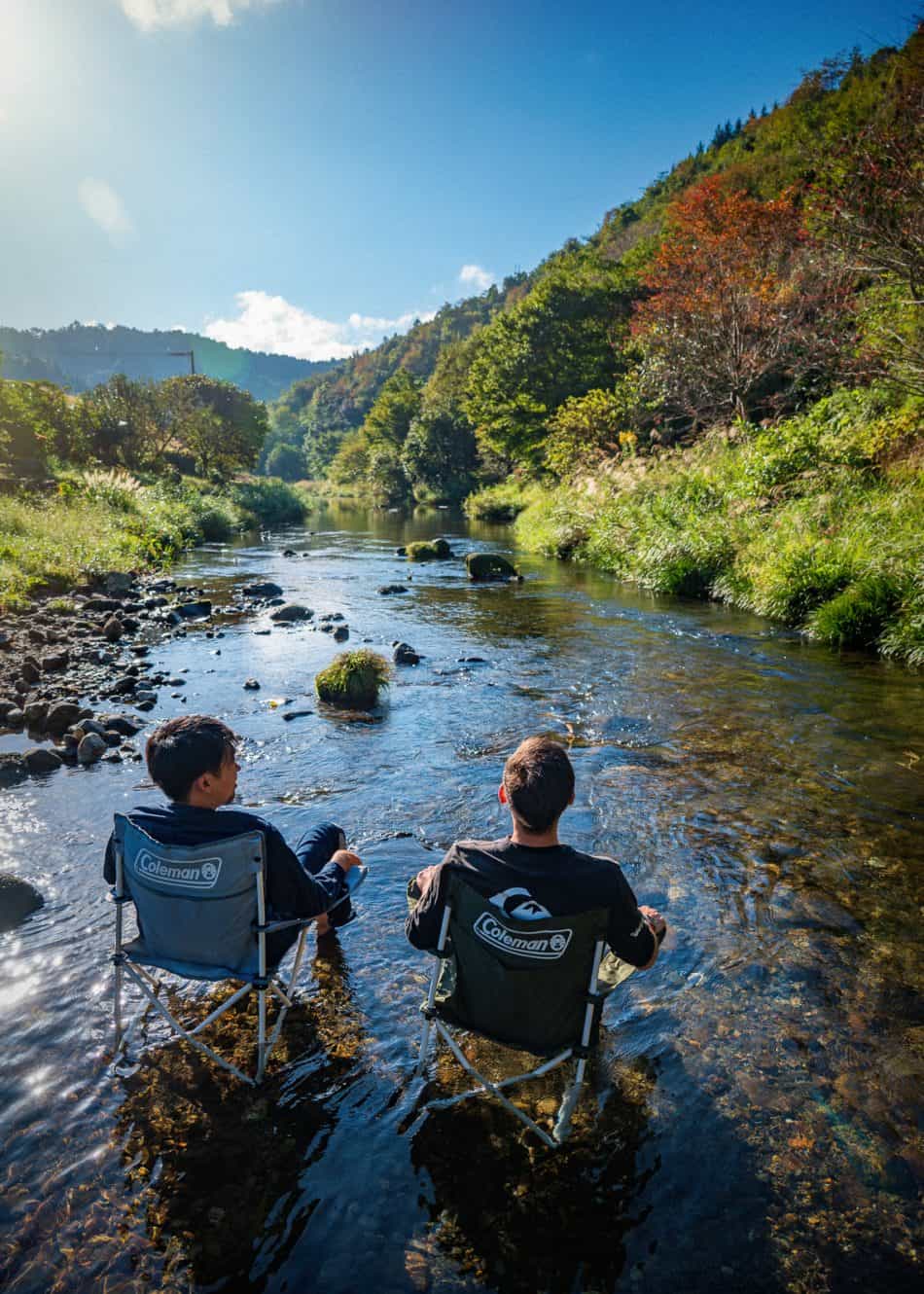
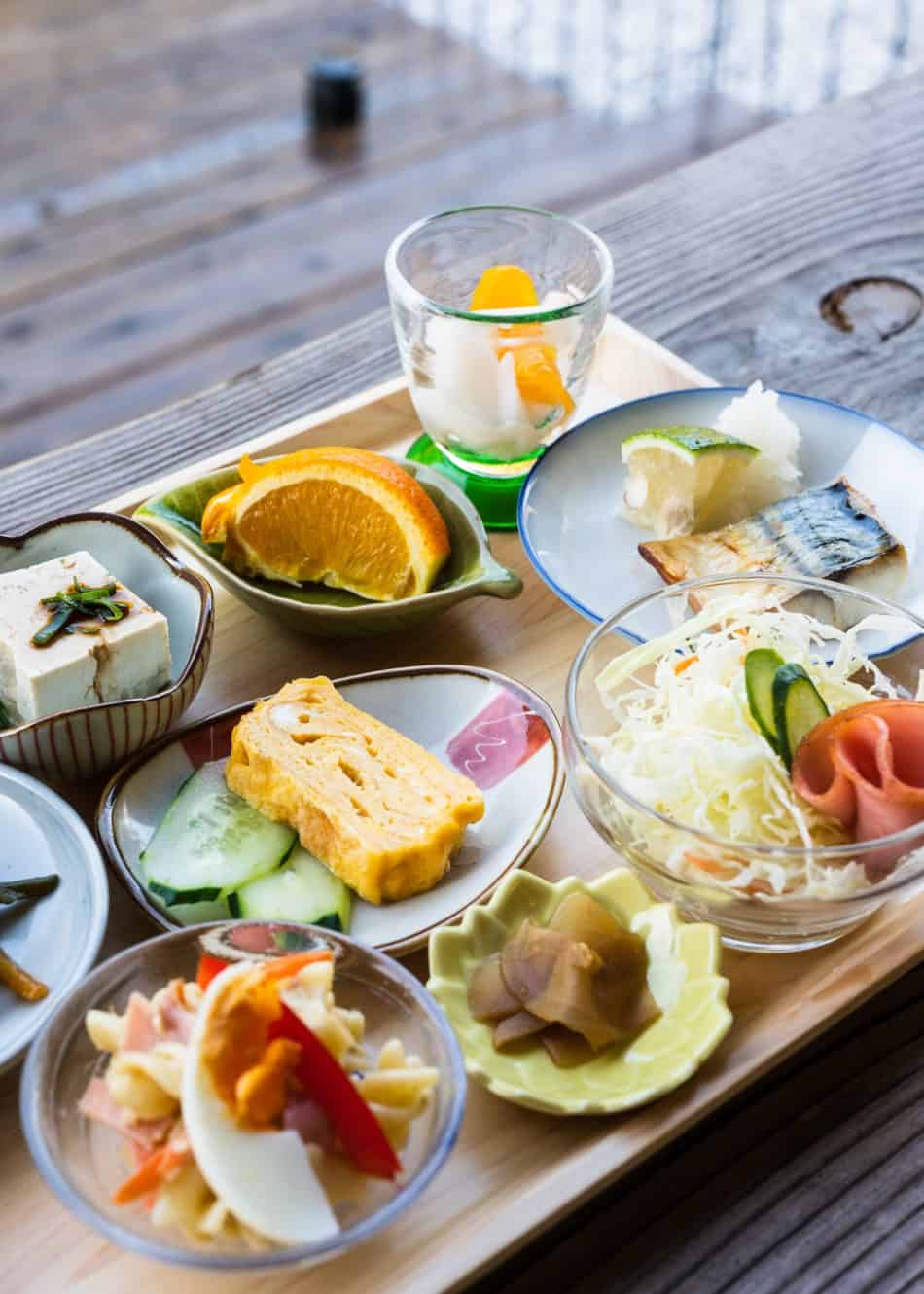
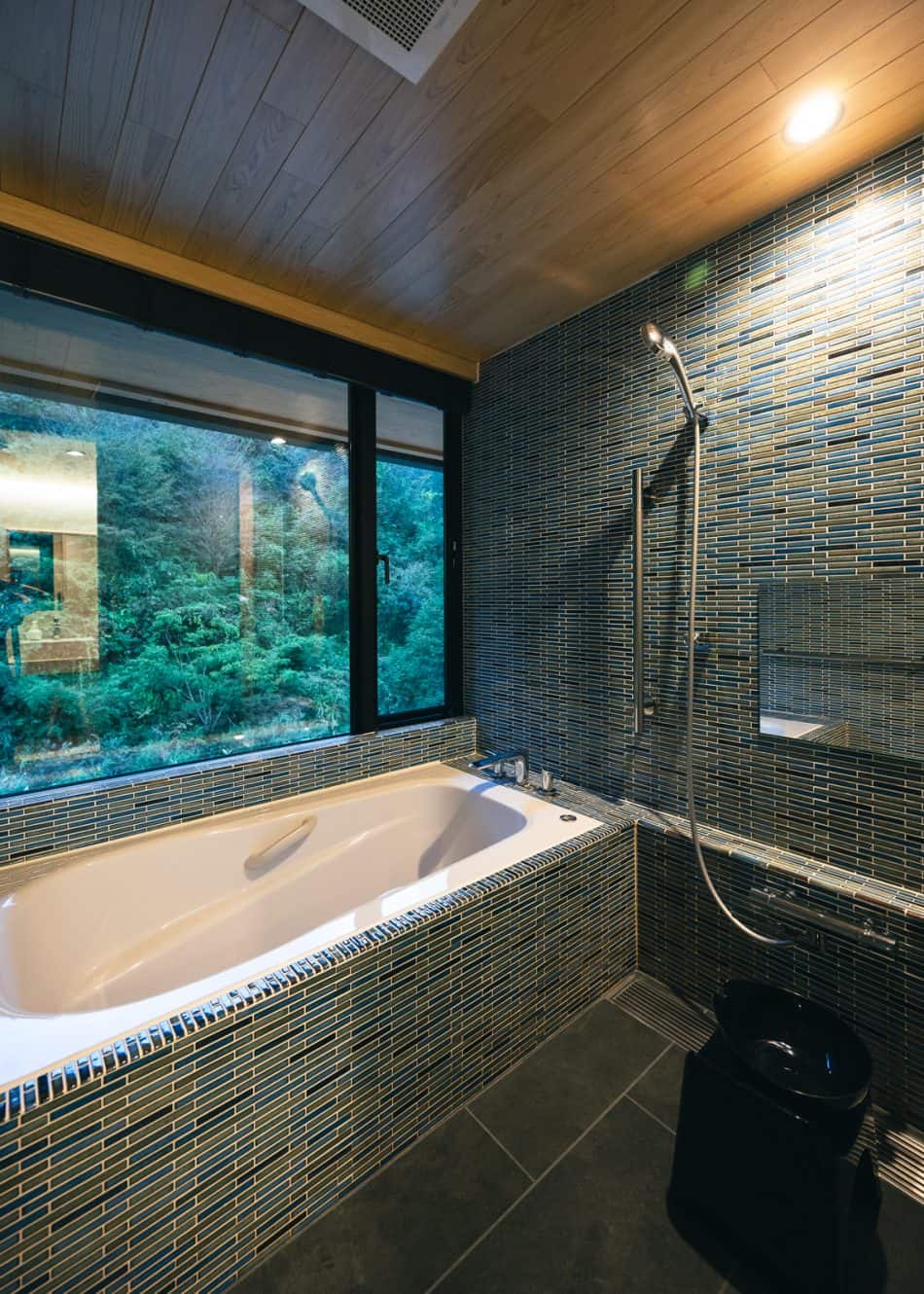
You’ll also find the Niyodo River in Kochi, so pure and clear it is known for its shade of “Niyodo blue” water, a cobalt hue unique to this river. It’s headwaters spring from a location near Mount Ishizuki, the highest peak in Shikoku and winds its way through majestic valleys into the Pacific Ocean, where local surfers enjoy the waves formed at the mouth of the river. I got a close up view of one of the Niyodo’s tributaries with Niyodo Adventure, a company taking adventurers (or people coerced into being adventurous, like me) deep into the canyons and even into the cool refreshing waters.
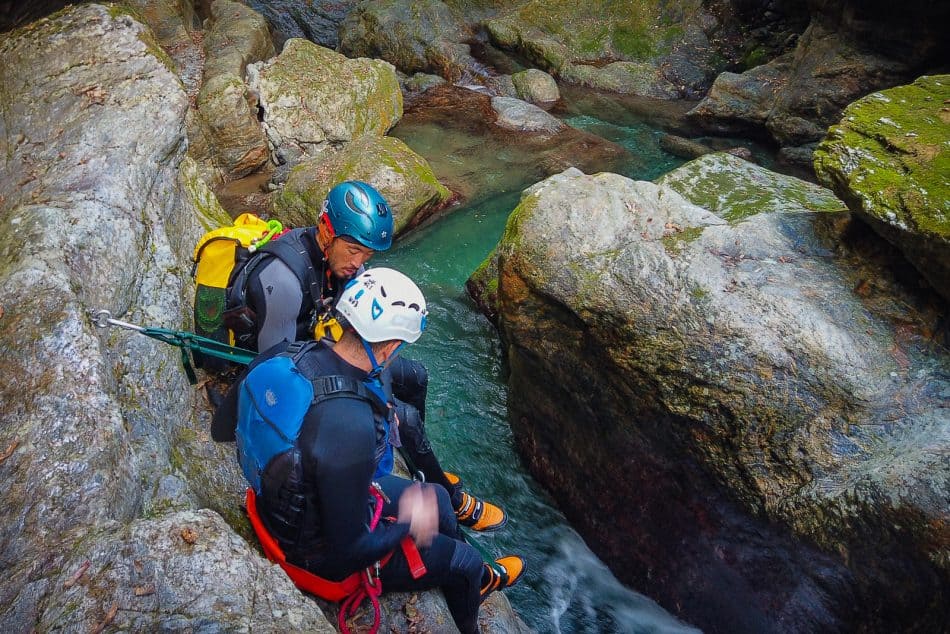
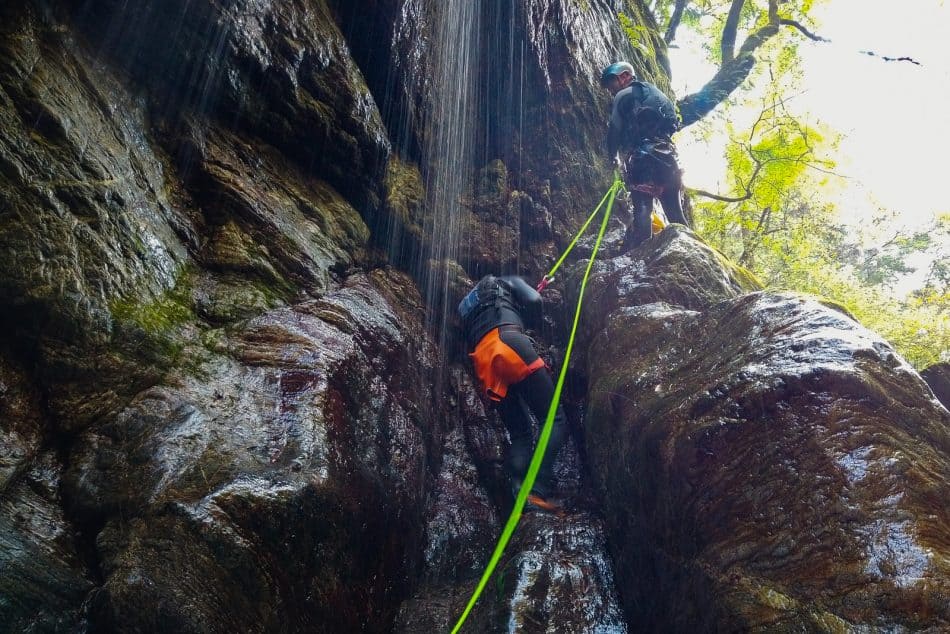
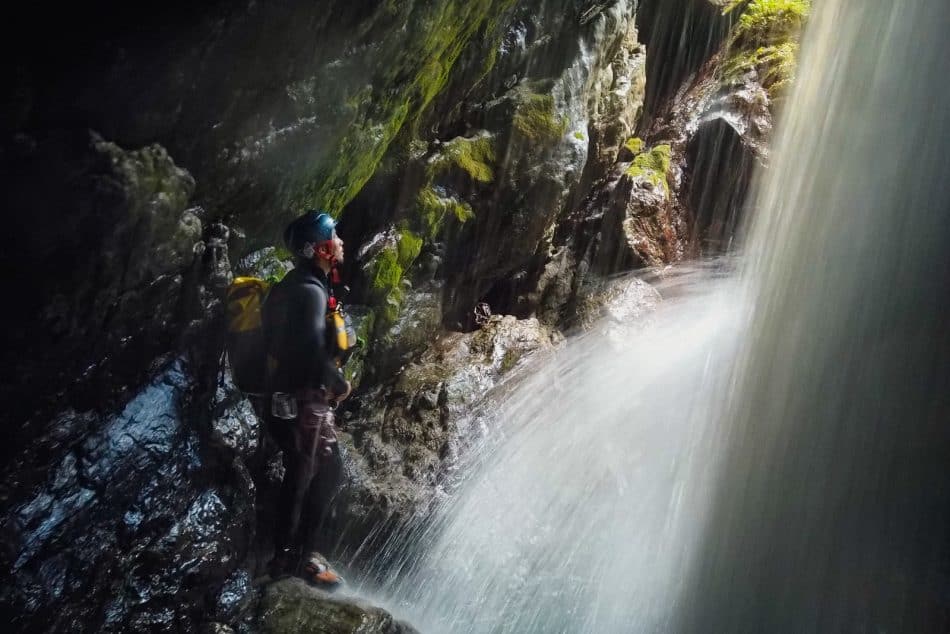
I put my life in the hands of our fearless guide and Niyodo Adventure owner Norihiro Kanzawa, and he didn’t let me down. Despite my crippling fear of heights and jumping down from high places, Nori instilled enough confidence in me that by the end of our roughly 2 hour trek, I almost enjoyed being able to jump from the boulders into the Niyodo blue pools of water below me. Well, almost. But the point is that I survived, and well enough that I’d recommend this experience to anyone who wants to get a sense of the natural beauty Kochi has to offer.
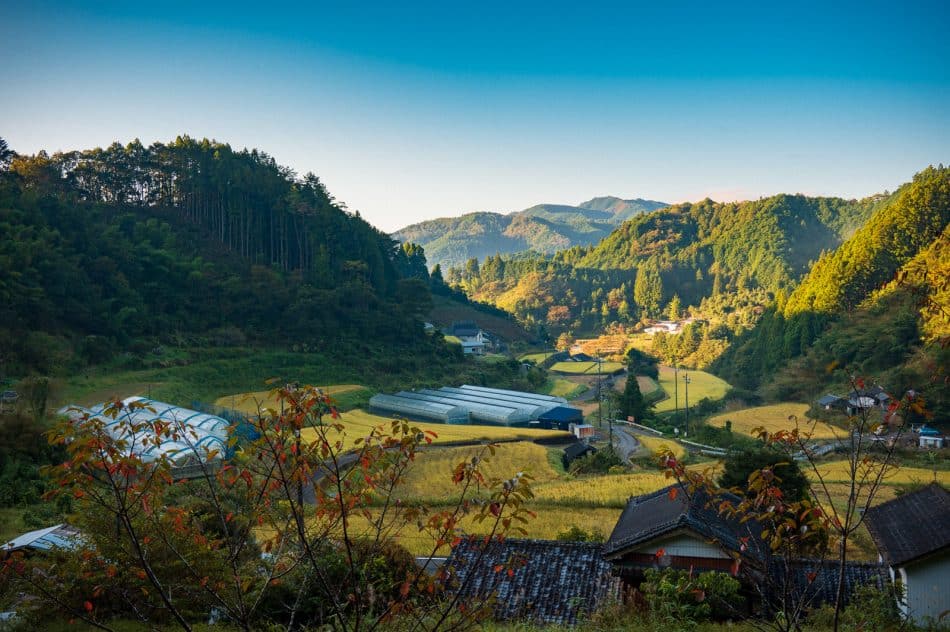
But lest you think I’m the only outsider enamored with Kochi, there is one other fellow whose name you might be familiar with whose love of Kochi goes beyond the norm. Kengo Kuma, the renowned architect discovered the little logging town of Yusuhara by a stroke of fate in the late 1980’s when he was just an up-and-comer in the architecture scene. Kuma designed his first building in Yusuhara in 1994, a hotel-onsen complex known as Kumonoue, above the clouds. Although quite a departure in style from Kuma’s recent designs, signatures of his future work were seen in its design in the warm wood tones used to soften the glass and steel structure and pay homage to the town’s logging roots.
Kuma went on to contribute five more buildings to Yusuhara (so far, at least). Among them, you’ll find Machi-no-eki Yusuhara along the main road through the town, a combination market selling locally produced products and foods and a boutique hotel. The outside of the building is covered in thatched grass shading and warm cedar planks: traditional, beautiful, and ecologically sustainable.
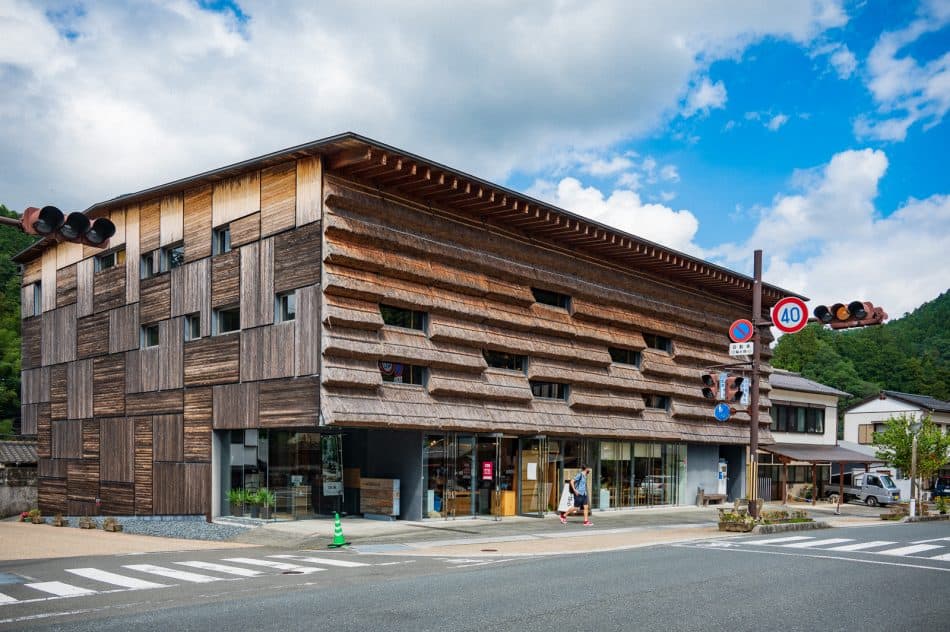
But perhaps the star of Kuma’s contributions to Yusuhara is the public library. Dubbed Kumonoue Toshokan, Library Above the Clouds, the design of this magnificent public space represents all the reasons Kuma is one of the most sought-after architects today. With high airy ceilings punctuated by supporting beams jutting down from the ceiling like forest foliage, the space begs you to sit in a cozy corner of its warmly lit interior and consume a book or two to pass the time. There’s a small cafe space and even a climbing wall if you tire of reading, which to me is unfathomable. A trip to visit the library is worth the effort of getting to Kochi alone, yet there are hundreds of other things to see and do here. And Kochi is just one of Shikoku’s four prefectures, each with its own unique appeal and attractions, including the zero-waste community of Kamikatsu and the gut-wrenching drive through the remote Iya Valley.
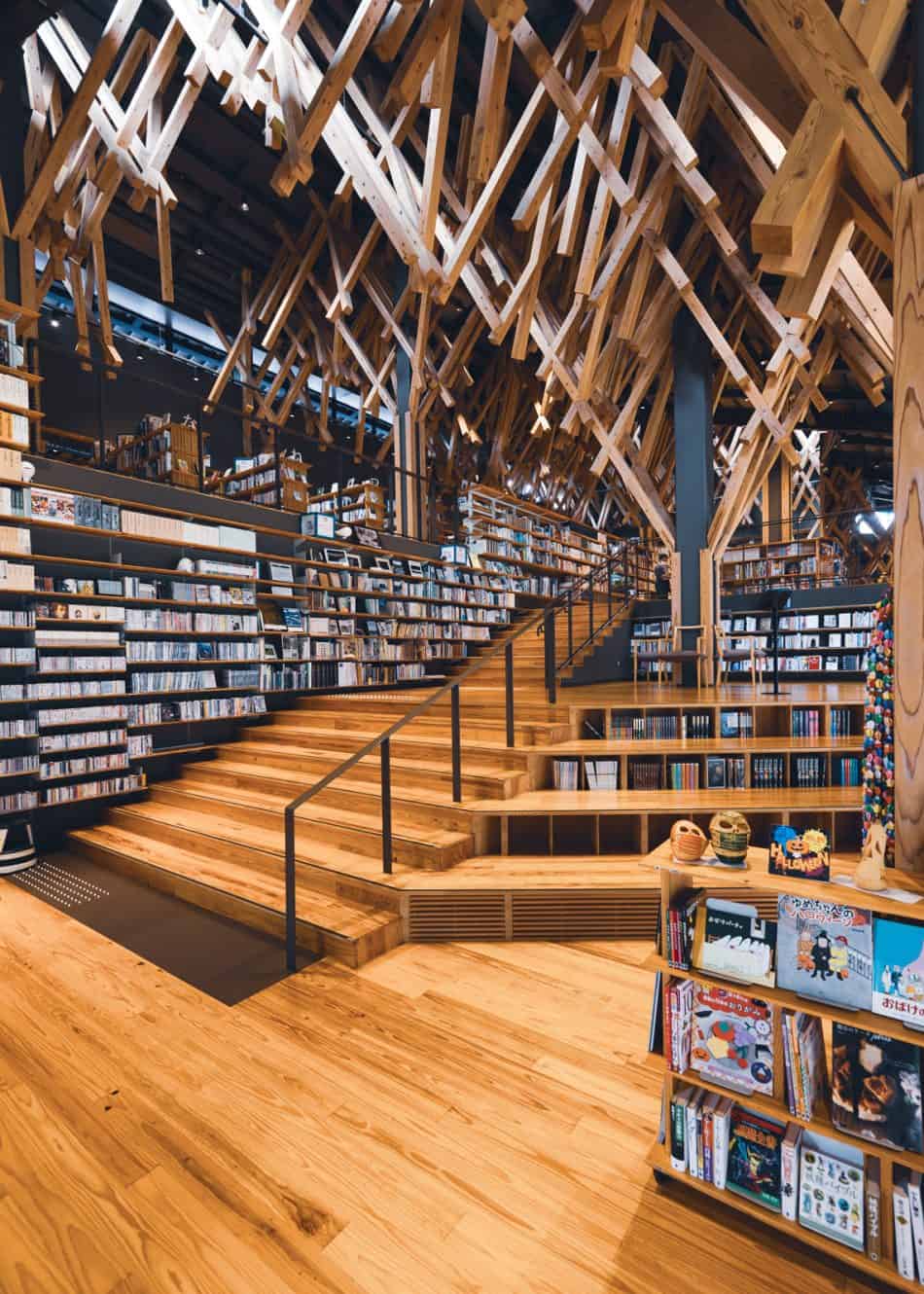
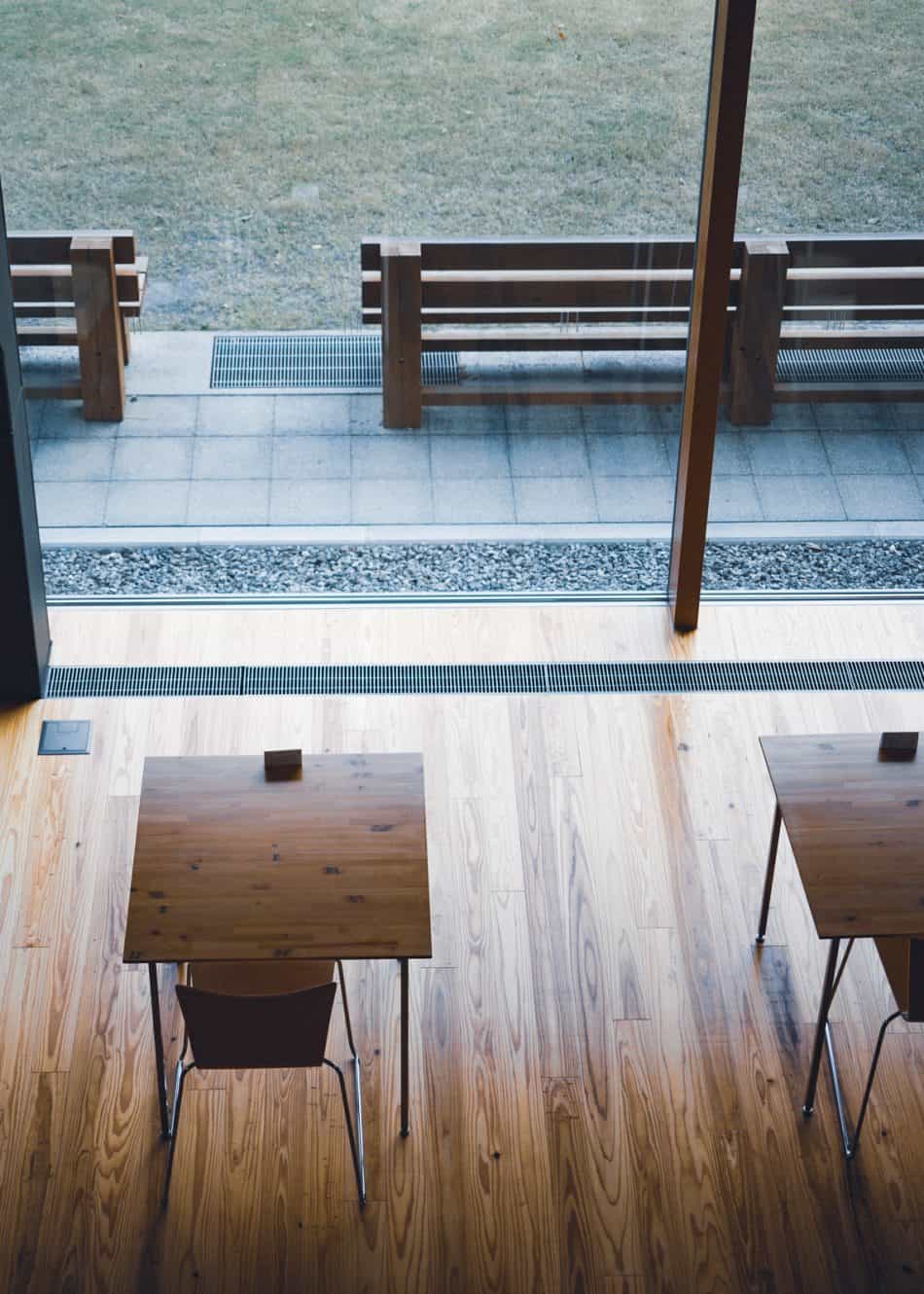
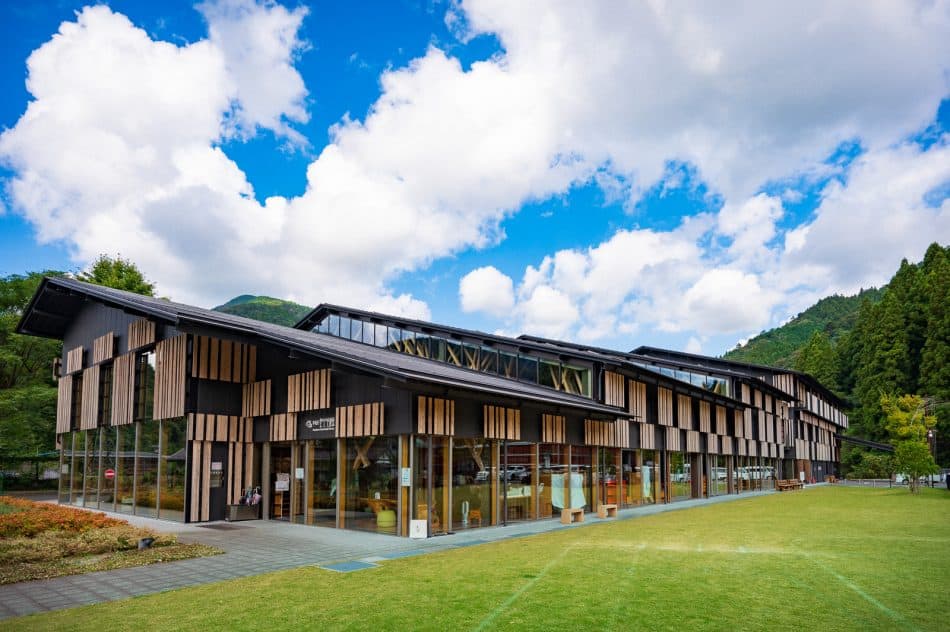
After all of this, I understand why you might still not visit Kochi. It is well off-the-beaten-path from the typical destinations of Japan and is difficult to access using public transportation, which means you need to be comfortable driving in Japan along roads that are sometimes narrow and winding. Communicating in English can be challenging, although the people are friendly and patient when it comes to dealing with communication issues. And there is so much more about Kochi that you still don’t know about and maybe, nobody will ever tell you. Let’s face it; Kochi is for exploring, and the best guidebook is the one you’ll scrawl in the margins of your Lonely Planet guide or on the back of restaurant napkins as you make the most of your time there.
